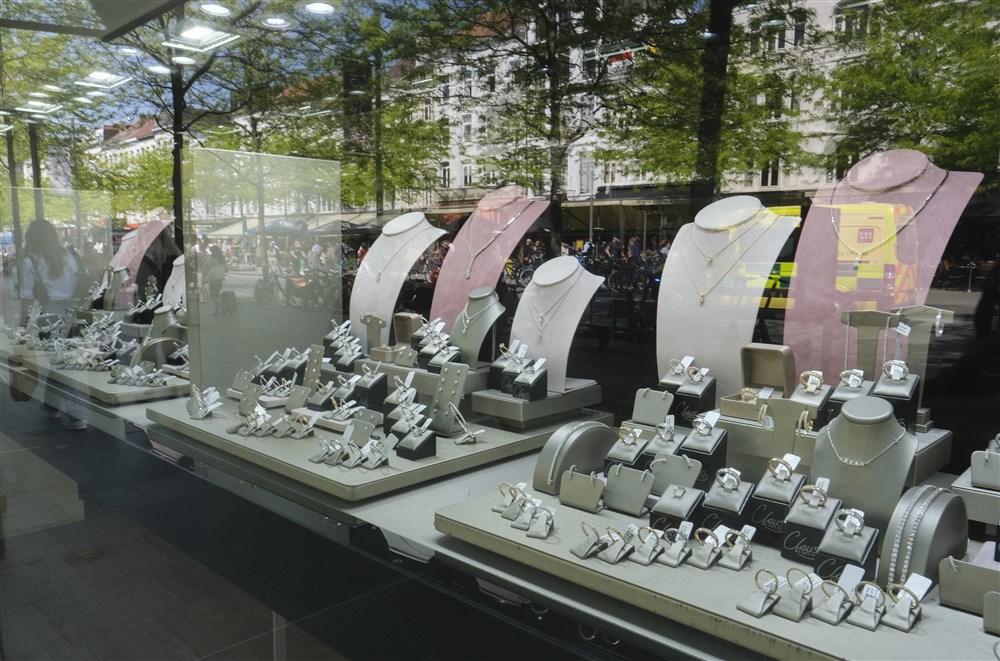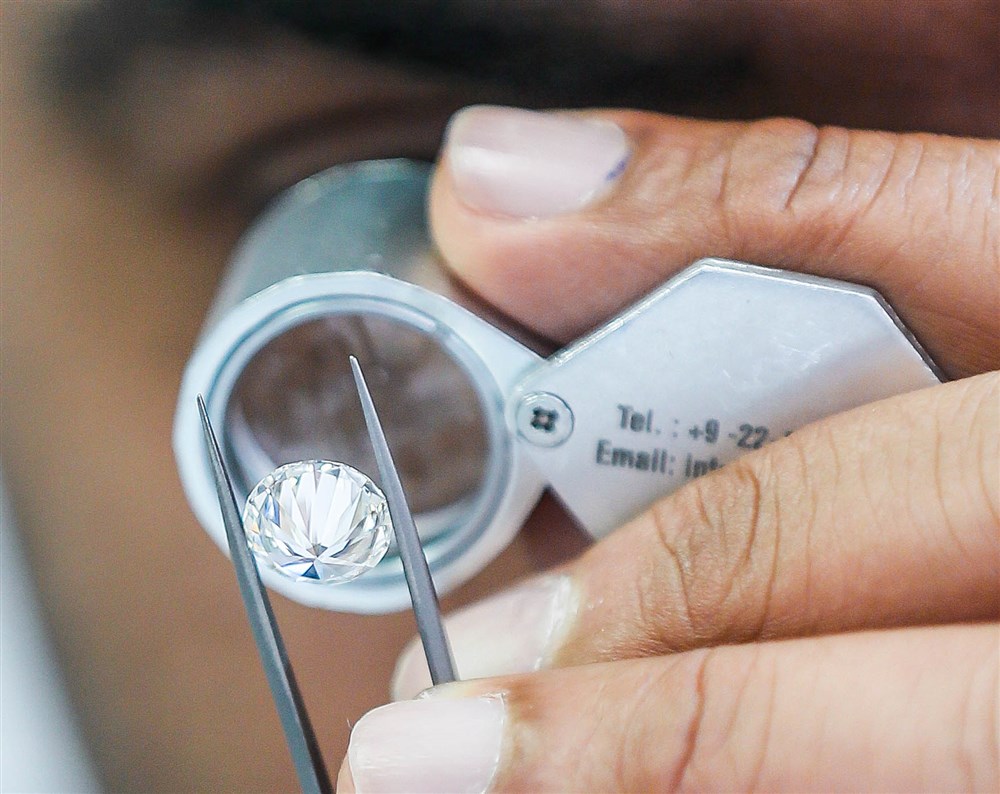The Russian ruble has hit its lowest point since the beginning of the war in Ukraine as Western sanctions are seeming to squeeze the Russian economy.
On August 14, the ruble experienced a decline to just above the 100 mark against the US dollar, approaching its lowest level in 17 months.
The Bank of Russia has attributed the reduction to the country’s shrinking trade balance – an 85 per cent year-on-year decrease during the period from January to July.
Late morning on August 14 in London, the ruble was trading at around 101.41 to the dollar, indicating the loss of almost one third of its value compared to the beginning of Moscow’s “special operation” in Ukraine.
The domestic economy had received a boost as the government increased its spending on defence but that also led to a rise in the budget deficit and further depreciation of the currency. The sharp interest rate cut by the Russian Central Bank last year added fuel to the fire.
Maxim Oreshkin, an economic advisor to Russian President Vladimir Putin, told Russia’s state-owned Tass news agency that the decline in the currency’s value and the escalation of inflation were primarily a result of “accommodative monetary policy.”
He emphasised that the central bank possesses “all the essential instruments to restore stability in the immediate future”.
“The current exchange rate has deviated significantly from fundamental levels and is expected to normalise in the near future,” Oreshkin insisted.
“The weak ruble complicates the restructuring of the economy and negatively impacts the real incomes of the population. A strong ruble is in the interest of the Russian economy,” he added.
One US ?? Dollar is now worth over 101 Russian Rubles. One US Penny is worth more than 1 Russian Ruble pic.twitter.com/g4Zb8HMDKC
— Ukraine Battle Map (@ukraine_map) August 14, 2023
According to new figures from the Federal State Statistics Service, Russian GDP exceeded expectations to grow by 4.9 per cent year-on-year in the second quarter, although many analysts say Russian official figures should be taken with a pinch of salt.
The reason for the dire situation can most likely be traced to the Western sanctions that have restricted capital inflow, the increase in military expenditure and a drop in exports.
Media propagandist Vladimir Solovyov complained about the weak ruble on his TV-show, demanding an explanation and criticising the Russian Central Bank.





